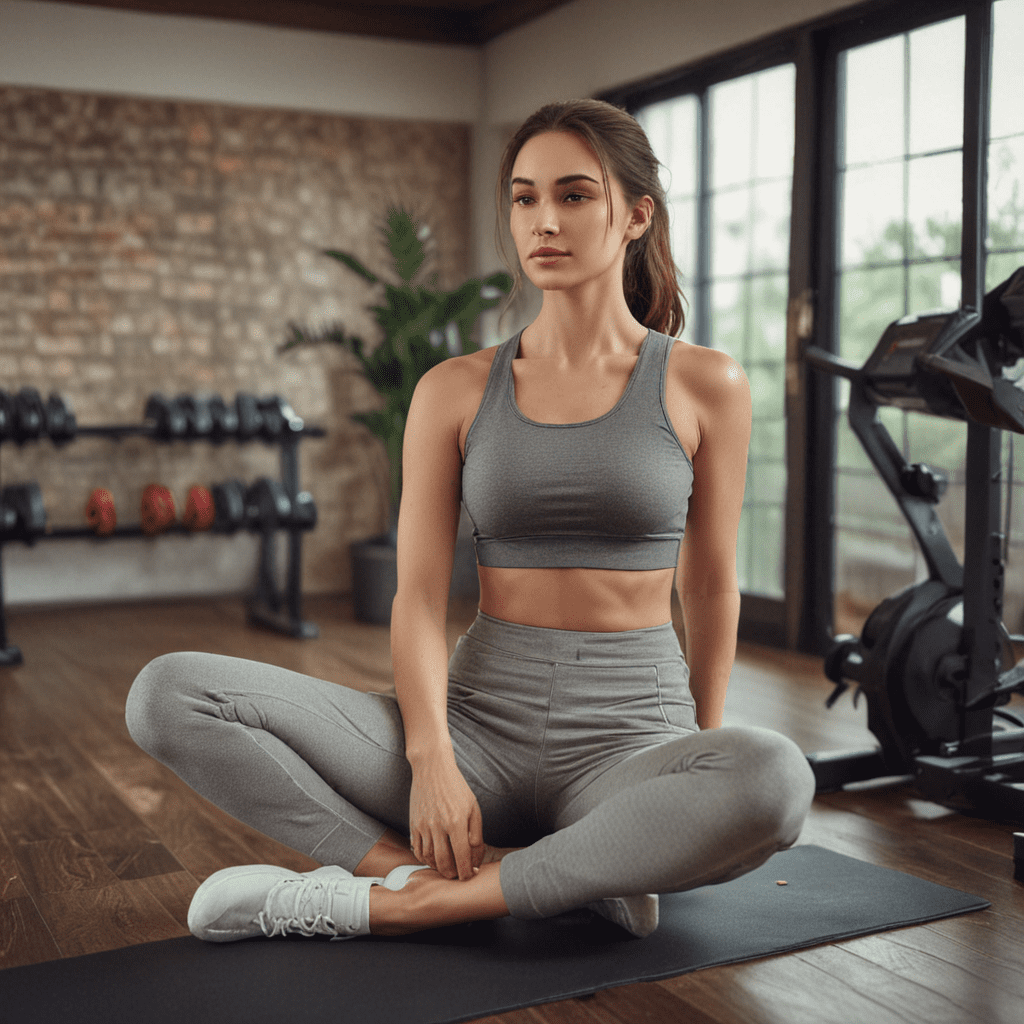
Understanding the Importance of Good Posture for Hikers
Good posture is crucial for hikers of all levels, from beginners to seasoned adventurers. It not only enhances comfort and enjoyment on the trail but also plays a vital role in preventing injuries and optimizing performance.
Benefits of good posture for hikers:
- Improved balance and stability: Proper posture aligns your body, promoting better balance and stability on uneven terrain. This reduces the risk of falls and injuries.
- Enhanced efficiency: Good posture allows for efficient movement, minimizing energy expenditure and maximizing endurance.
- Reduced muscle fatigue: Maintaining proper posture reduces strain on muscles, preventing fatigue and soreness.
- Increased lung capacity: Good posture allows for deeper breathing, maximizing oxygen intake and improving endurance.
- Reduced risk of injury: Proper posture aligns joints correctly, minimizing stress and reducing the risk of overuse injuries.
By understanding the importance of good posture and implementing proper techniques, hikers can maximize their enjoyment and safety on the trail.
Identifying Common Posture Mistakes Made by Hikers
While hiking is an excellent form of exercise, several common posture mistakes can hinder performance and increase the risk of injury.
Common posture mistakes:
- Hunching: Leaning forward excessively puts strain on the back and neck, leading to discomfort and potential injuries.
- Rounded shoulders: Rounded shoulders restrict movement and limit lung capacity, affecting breathing and endurance.
- Improper weight distribution: Carrying too much weight on one side or leaning forward can lead to imbalances and increase the risk of falls.
- Poor foot placement: Improper foot placement on uneven terrain can strain ankles and knees, potentially leading to injuries.
- Overstriding: Taking excessively long strides can put stress on the lower back and knees, increasing the risk of pain and injury.
By recognizing these common mistakes and correcting them, hikers can improve their posture and overall hiking experience.
Strengthening Core Muscles for Improved Balance and Posture
A strong core is essential for maintaining good posture and balance while hiking. Core muscles support the spine, pelvis, and hips, providing stability and control during movement.
Core strengthening exercises for hikers:
- Plank: Holding a plank position strengthens abdominal muscles and improves core stability.
- Side plank: This variation targets the obliques, improving rotational stability and balance.
- Bird dog: This exercise strengthens core muscles while promoting spinal mobility and coordination.
- Crunches: Crunches specifically target abdominal muscles, enhancing core strength and support.
- Bridges: Bridges work the glutes and hamstrings, improving hip stability and posture.
By incorporating regular core strengthening exercises into your routine, hikers can build a strong foundation for optimal balance and posture on the trail.
Stretching Exercises to Improve Flexibility and Range of Motion
Good flexibility and range of motion are crucial for comfortable and efficient hiking. Stretching regularly helps to maintain muscle length and improve joint mobility, reducing the risk of injury and enhancing performance.
Stretches for hikers:
- Hamstring stretch: This stretch targets the hamstrings, improving flexibility and reducing lower back pain.
- Quadriceps stretch: Stretching the quadriceps muscles helps to prevent knee pain and improve flexibility.
- Calf stretch: Calf stretches improve ankle mobility and reduce the risk of Achilles tendon injuries.
- Pectoral stretch: Stretching the pectoral muscles opens up the chest, improving breathing and posture.
- Shoulder stretch: Shoulder stretches improve shoulder mobility and reduce the risk of rotator cuff injuries.
Regular stretching helps hikers maintain flexibility and range of motion, contributing to a more enjoyable and injury-free hiking experience.
Footwear and Gear Considerations for Optimal Posture and Support
Choosing the right footwear and gear is essential for maintaining good posture and support while hiking.
Footwear:
- Hiking boots: Sturdy hiking boots provide ankle support and stability, reducing the risk of falls and injuries.
- Proper fit: Well-fitting boots should provide ample support and comfort without being too tight or loose.
- Good traction: The soles of hiking boots should have good traction to prevent slipping on uneven terrain.
Gear:
- Backpack: A properly fitted backpack distributes weight evenly, reducing strain on the back and shoulders.
- Trekking poles: Trekking poles can improve balance and stability, especially on challenging terrain.
- Hydration pack: Staying hydrated is crucial for maintaining energy levels and preventing fatigue.
By choosing the right footwear and gear, hikers can optimize their posture and support, making their hiking experience safer and more enjoyable.
Using Trekking Poles for Enhanced Balance and Stability
Trekking poles are valuable tools for hikers of all levels, but particularly for those who carry heavy loads or hike on challenging terrain. They provide additional stability and balance, especially on steep inclines and uneven ground.
Benefits of using trekking poles:
- Improved balance and stability: Trekking poles act as extra limbs, providing additional support and stability on uneven surfaces.
- Reduced strain on knees and ankles: By transferring some of the load from legs to arms, trekking poles reduce stress on knees and ankles, minimizing the risk of injuries.
- Enhanced propulsion: When used correctly, trekking poles can help propel you forward, increasing efficiency and reducing fatigue.
- Improved posture: Using trekking poles promotes an upright posture, reducing strain on the back and neck.
- Increased safety: Trekking poles can help maintain balance on slippery or loose terrain, reducing the risk of falls.
How to use trekking poles:
- Choose the right length: Trekking poles should reach your elbows when planted on the ground.
- Adjust the straps: The straps should be snug but not too tight, allowing for comfortable hand movement.
- Plant the poles alternately: As you walk, plant the poles alternately in front of you, slightly ahead of your feet.
- Use your arms and legs: Engage your arms and legs when using the poles for maximum benefit.
Mindful Hiking Techniques for Improved Posture Awareness
Mindful hiking involves paying attention to your body and surroundings, promoting awareness of your posture and improving technique.
Mindful hiking techniques:
- Focus on your breath: Pay attention to your breathing as you hike, focusing on deep, even breaths.
- Scan your body: Regularly check in with your body, noticing any areas of tension or discomfort.
- Adjust your posture: If you notice any postural imbalances, adjust your position to maintain proper alignment.
- Engage your core: Keep your core muscles engaged throughout your hike, providing stability and support.
- Visualize your movement: Imagine your body moving efficiently and gracefully over the terrain.
Posture-Friendly Hiking Exercises to Incorporate into Your Routine
Incorporating specific exercises into your routine can target muscles crucial for maintaining good posture while hiking.
Posture-friendly exercises:
- Wall sits: This exercise strengthens quads and core muscles, improving posture and balance.
- Superman pose: This exercise strengthens back muscles, improving posture and spinal alignment.
- Side lunges: This exercise strengthens leg muscles and improves balance.
- Shoulder rolls: This exercise improves shoulder mobility and reduces tension.
- Chin tucks: This exercise strengthens neck muscles and improves posture.
Tips for Maintaining Good Posture During Extended Hiking Trips
Maintaining good posture during extended hiking trips requires extra attention and effort.
Tips for maintaining good posture:
- Take breaks: Regularly take breaks to stretch, rehydrate, and check your posture.
- Use a trekking pack: Distribute weight evenly using a trekking pack with proper adjustments.
- Stay hydrated: Dehydration can lead to fatigue and poor posture.
- Fuel your body: Proper nutrition provides energy for maintaining good posture.
- Listen to your body: Pay attention to any signs of discomfort or fatigue and adjust accordingly.
Benefits of Improved Posture for Hiking Performance and Injury Prevention
Improved posture offers numerous benefits for hiking performance and injury prevention.
Benefits of good posture:
- Enhanced endurance: Good posture allows for efficient oxygen intake and reduces energy expenditure, improving endurance.
- Reduced risk of injury: Proper alignment minimizes stress on joints and muscles, reducing the risk of overuse injuries.
- Increased comfort: Good posture promotes comfort by reducing muscle fatigue and preventing pain.
- Improved balance and stability: Proper posture enhances balance and stability on uneven terrain, reducing the risk of falls.
- Enhanced performance: Good posture optimizes movement efficiency, leading to better overall hiking performance.
FAQ
Q: What are the most common posture mistakes made by hikers?
A: The most common posture mistakes include hunching, rounded shoulders, improper weight distribution, poor foot placement, and overstriding.
Q: How can I strengthen my core muscles for hiking?
A: Exercises like planks, side planks, bird dog, crunches, and bridges effectively strengthen core muscles.
Q: What types of stretches are beneficial for hikers?
A: Focus on stretching hamstrings, quadriceps, calves, pectorals, and shoulders to improve flexibility and range of motion.
Q: Why are trekking poles beneficial for hiking?
A: Trekking poles enhance balance, reduce strain on knees and ankles, improve propulsion, promote good posture, and increase safety on challenging terrain.
Q: How can I maintain good posture during long hikes?
A: Take regular breaks, use a trekking pack, stay hydrated, fuel your body, and listen to your body.
Q: What are the benefits of good posture for hiking?
A: Improved posture enhances endurance, reduces injury risk, increases comfort, improves balance, and optimizes performance.


